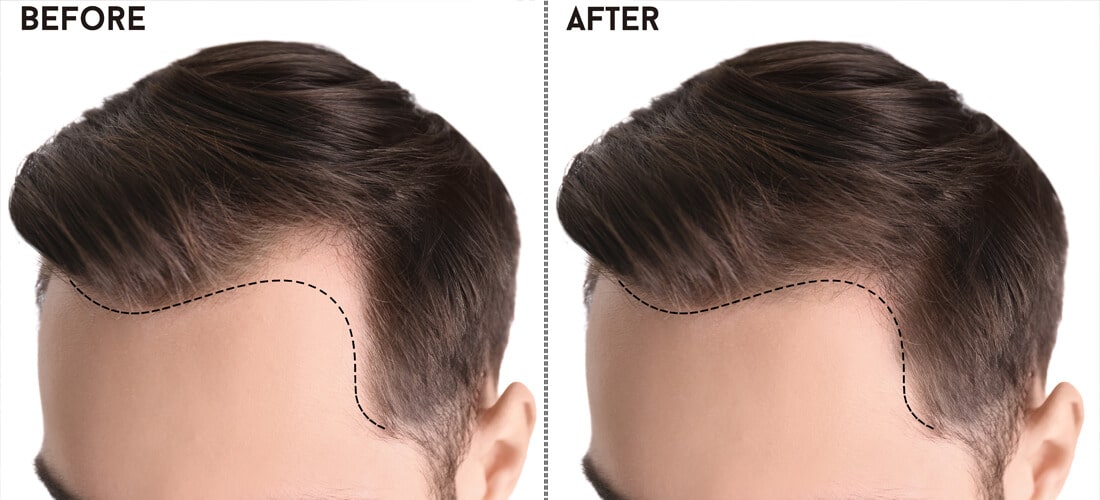Male hypogonadism, a condition characterized by insufficient testosterone levels, is garnering increasing attention in the global healthcare industry. As awareness of the condition rises and advanced treatment options become available, the male hypogonadism market is set to expand at a steady CAGR of 3.6% from 2024 to 2032. This growth is driven by a combination of factors, including an aging population, increased awareness of men’s health, and a surge in innovative testosterone replacement therapies (TRT). In this blog, we’ll take an in-depth look into the male hypogonadism market, uncovering the latest trends, growth drivers, challenges, and the competitive dynamics shaping the future of the industry.
Market Overview: What Is Male Hypogonadism?
Male hypogonadism is a condition that occurs when the testes fail to produce adequate amounts of testosterone, the hormone critical for male development and sexual function. It can lead to a range of health issues, including reduced libido, erectile dysfunction, muscle mass loss, and osteoporosis. The condition is categorized into two types:
- Primary hypogonadism: Originates from testicular failure, where the testes are unable to produce sufficient testosterone.
- Secondary hypogonadism: Caused by issues in the hypothalamus or pituitary gland, which regulate testosterone production.
The demand for effective diagnosis and treatment is escalating as hypogonadism becomes more prevalent, particularly among older men, with studies estimating that nearly 20% of men over the age of 60 suffer from low testosterone levels.
2. Key Market Trends: Shaping the Future of Male Hypogonadism Treatments
a) Advancements in Testosterone Replacement Therapy (TRT)
One of the most significant trends in the market is the continuous development of more convenient and effective TRT options. Traditionally, testosterone injections were the go-to method, but they often required frequent administration and posed challenges for patient adherence. Now, more patient-friendly options like topical gels, patches, and oral testosterone therapies are gaining popularity.
Notable innovations:
- Lipocine Inc. has pioneered the development of LPCN 1144, an oral testosterone therapy that has demonstrated efficacy in clinical trials. Oral formulations provide a non-invasive option, leading to improved patient compliance.
- AndroGel by AbbVie Inc., a widely prescribed topical testosterone therapy, remains a key player in the TRT market, offering easy application and effective hormone replenishment.
b) Growth of At-Home Diagnostics and Monitoring
Another critical trend is the rise of at-home diagnostic kits and wearable technologies. These advancements allow men to monitor their testosterone levels from the comfort of their homes, enabling early detection and more personalized treatment plans. With healthcare moving toward more patient-centric approaches, these innovations are expected to improve patient outcomes and expand market opportunities.
c) Focus on Men’s Health and Wellness
The growing awareness of men’s health issues is contributing to a cultural shift where men are increasingly seeking medical attention for conditions like hypogonadism. The rise of public health campaigns and support groups is removing the stigma associated with discussing testosterone deficiency. This trend is also reflected in the pharmaceutical industry’s increased investment in testosterone therapies and related R&D efforts.
3. Market Drivers: Factors Fueling Growth
a) Aging Population
The global aging population is one of the most significant drivers of the male hypogonadism market. As men age, their testosterone levels naturally decline, leading to a higher incidence of hypogonadism. The World Health Organization (WHO) estimates that by 2050, the number of individuals aged 60 and above will more than double, reaching 2.1 billion. This demographic shift will inevitably lead to increased demand for treatments targeting age-related testosterone decline.
b) Rising Prevalence of Male Hypogonadism
Studies indicate that male hypogonadism is becoming more common, partly due to lifestyle factors such as obesity and stress, which can affect testosterone levels. As more men are diagnosed with the condition, the need for effective therapeutic solutions will grow.
c) Increasing Awareness and Education
Public awareness of hypogonadism is growing, thanks to educational campaigns, health organizations, and pharmaceutical companies. As men become more educated about the symptoms and long-term health impacts of testosterone deficiency, they are more likely to seek treatment, contributing to market growth.
d) Technological Innovations in Diagnostics
Technological advancements in diagnostics, such as more accurate hormonal testing and accessible lab services, have made it easier for healthcare providers to diagnose hypogonadism. This early detection drives treatment adoption, further fueling market growth.
4. Challenges in the Male Hypogonadism Market
Despite the promising outlook, several challenges may hinder market growth. These include:
a) Regulatory Barriers
The process of getting new testosterone therapies approved by regulatory agencies, such as the U.S. Food and Drug Administration (FDA) and the European Medicines Agency (EMA), can be lengthy and complex. Strict regulatory frameworks can delay the introduction of innovative therapies into the market, impacting the competitive landscape.
b) Concerns Over Side Effects
Testosterone replacement therapies, while effective, can come with a range of side effects, including cardiovascular issues, fertility concerns, and prostate health risks. These potential side effects limit patient adoption and lead to hesitation among healthcare providers when prescribing TRT.
c) High Costs of Advanced Therapies
Newer and more advanced testosterone therapies, especially non-invasive and long-acting treatments, tend to be expensive. The high cost of treatment may restrict accessibility, particularly in emerging markets where healthcare coverage may not fully support these therapies.
5. Competitive Landscape: Key Players and Strategies
The male hypogonadism market is highly competitive, with pharmaceutical giants and emerging biopharmaceutical companies alike vying for market share. Leading players are focusing on strategic collaborations, product innovation, and expanding their geographical reach.
Major Market Players
- Lipocine Inc.: Leading innovation in oral testosterone therapies.
- Pfizer Inc.: A global leader with a robust portfolio in hormone therapy.
- AbbVie Inc.: Manufacturer of top-selling products like AndroGel, and investing heavily in R&D.
- Aytu BioPharma Inc.: Specializes in novel male health solutions, including hypogonadism treatments.
- Eli Lilly: Renowned for its commitment to men’s health, particularly in testosterone therapies.
Key Strategies
- Product Innovation: Companies are investing in developing non-invasive therapies to reduce the burden of frequent injections and improve patient compliance.
- Partnerships and Acquisitions: Leading players are forming strategic alliances to enhance their market reach and expand their product portfolios. For instance, Pfizer Inc. and Merck & Co., Inc. have engaged in collaborative efforts to develop advanced therapies.
- Global Expansion: Companies are expanding into emerging markets, particularly in regions such as Asia-Pacific and Latin America, where awareness of male hypogonadism is on the rise.
6. Future Market Outlook: 2024-2032
a) Innovations in Hormonal Therapies
The male hypogonadism market is expected to see a surge in innovation, with oral testosterone therapies, long-acting injectables, and gene therapy emerging as future growth areas. Gene therapy could potentially revolutionize the market by offering a more permanent solution to hormone imbalances.
b) Growth in Emerging Markets
Emerging markets, especially in Asia-Pacific and Latin America, are poised for significant growth due to rising healthcare access, increasing awareness of male health issues, and improving diagnostic capabilities. The expanding middle class in these regions is likely to contribute to the growing demand for hypogonadism treatments.
c) Personalized Medicine
The trend towards personalized healthcare is expected to play a major role in the future of male hypogonadism treatment. Advances in genomic testing and precision medicine will enable more tailored treatment options that better meet the individual needs of patients, reducing side effects and improving overall outcomes.




